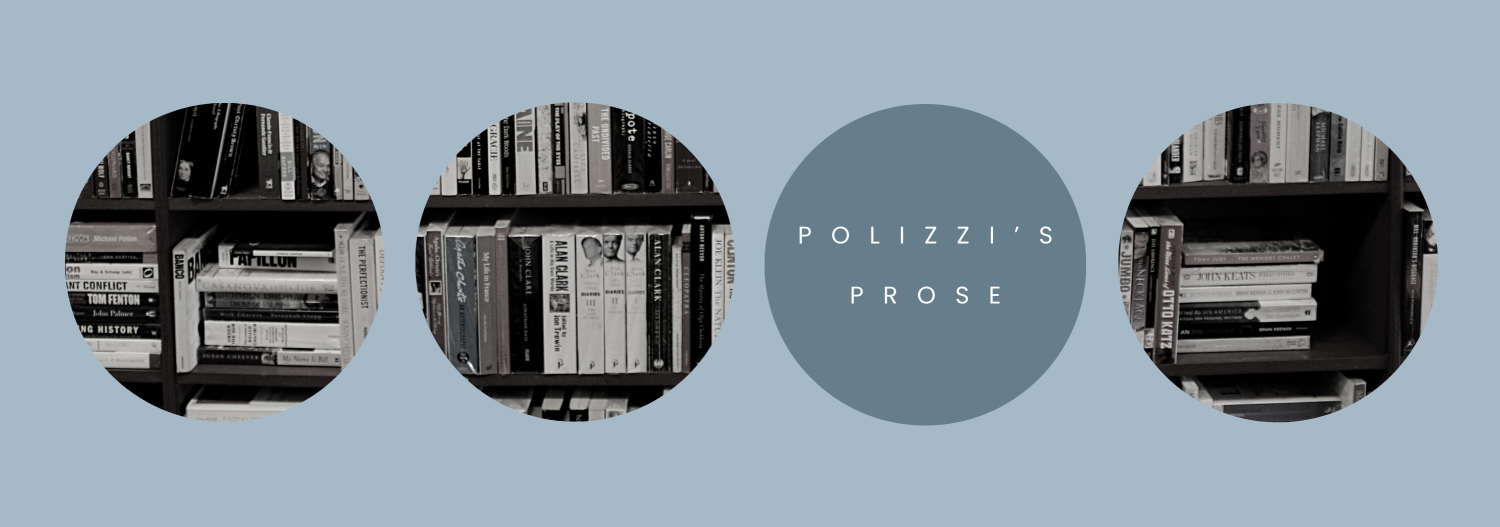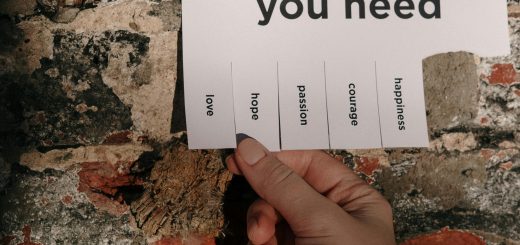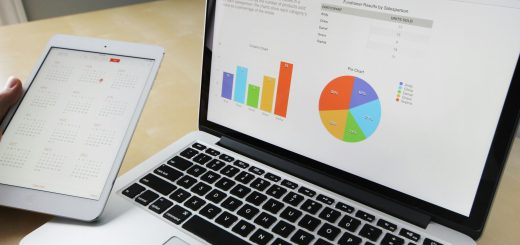P.L.A.Y. – Playful Learning Activates You!
Infinite Learning – Modules 11 & 12
Library as Classroom & Learning Everywhere!
“In the networked society, learning is everywhere and everywhere is here. We all learn 24/7 and in all kinds of environments — physical or digital, public, semi-public, or private — all are potential learning spaces. Interconnected with each other, schools, community centres, libraries, after-school programs, youth recreation centres, homes, and coffee shops have the potential to build communities that boost learning and develop digital skills” (Nygren, 2014, p. 4).
For 7 years I have worked in education, but for 30 years I have been a learner. Learning and exploring new ideas has always brought me immense joy – which is probably what led me down the path of teaching and ultimately librarianship! I relish in sharing my love of learning, helping others spark their curiosity and engage in information exploration. While reading/viewing/exploring Modules 11 & 12 – Infinite Learning – I was reminded of the many reasons I choose to be a high school librarian. Being a classroom teacher was often confining; you have to stick to the curriculum, the pacing guide, the state standards, keep up with grading and standardized assessments, etc. It was too easy to get lost in the minutiae. Being a teacher librarian allows for flexibility, creativity, innovation, and so much more! (Of course, there are standards to uphold – but those standards are more rooted in skills building than in content.) The thing is – the library is still my classroom – but it is larger and offers so much more (literally and metaphorically!). Because it is a community space, I get to see the magic of collaborative learning, engagement, play, and student-driven interests. I also have the privilege of co-teaching with colleagues, which enriches learning opportunities at all stages and in (nearly) all subjects (Lippincott, 2015). It is a very connected job – both with students and staff! “Library as classroom” and library as a space for “infinite learning” just makes sense to me because I work in K-12 education…but I can see how it might be a leap for the “old guard.”
“The [library as classroom] model calls for constant monitoring of program quality, innovative timetables that enable flexible programs and services to evolve without bureaucratic barriers, and a focus on fresh services. The library as classroom requires inspired and insightful management that can do those things and more. The library as classroom also requires well-trained, user-focused staff who understand how people of all ages can learn socially. Art programs, do-it-yourself tinkering, locally sourced expert forums, and local open online courses are all part of this curriculum” (Stephens, 2016, p. 127-128).
Let’s talk about the mess. Learning, creativity, and innovation are messy. For many folks, making a mess is uncomfortable – but the mess is precisely where the learning happens. When we embark upon creativity and problem solving, we are forced to sit with some discomfort. But as Block (2014) puts it, “Students’ discomfort is an organic part of learning and creating.” This is especially true when students are offered choice in their projects; teachers like Block (2014) urge students to innovate and make content that is both “unique and compelling.” This requires the leader in the room – whether that person is a teacher, librarian, or mentor – to release some responsibility! (Again, this is scary, but good!) This goes beyond the disciplinary use of Lemov’s (2014) Teach Like a Champion 2.0 (literally, the first value of classroom culture is discipline…yuck!) and asks us to embark upon a big learning journey with prospective students. This release of responsibility allows for play, collaboration, exploration, and connection.
So what is the role of the library and the librarians? I can wear my teacher “hat” all day – but we’re here to talk about libraries, too…because libraries are a place of infinite learning! Here are some ideas I walked away with:
- Libraries have the power to connect all people and encourage intergenerational learning, learning by making, and learning across settings (networks!) (Nygren, 2014).
- To successfully offer learning opportunities to patrons, libraries must themselves have a culture of learning that is exploratory and participatory (Stephens, 2014, p. 140).
- Libraries can facilitate play! Library patrons can learn through…
- “gamification” of tasks (i.e. earning badges) (Nygren, 2014),
- playing in sensory settings (Logan City Council, 2018),
- playing interactive problem-solving games (ELIG.org, 2016),
- playful story times and activities (“play is early literacy”!!!) (Bookey, 2015),
- and offering connected play for children and adults to learn together (Logan City Council, 2018).
- …and play doesn’t need to be fancy! Dowdy (2022) reaffirms that no special equipment is needed for play…just some imagination and an opportunity!
- You should cater to your audience! Per Stepehens (2014): “Discover something new and outside-the-box to satisfy their curiosity.” [Cue the 1998 theme song to the show Out of the Box!]
- Sometimes the best ideas live INSIDE the box…specifically the “Idea Box” at Oak Park Public Library! OPPL sets a great example for an ever-changing “interactive environment for art and conversation” (Greenwalt, 2013).
- Ideas are not forged overnight; some things will work, and some things won’t (Greenwalt, 2013). It’s ok to be intimidated by change or failure, but we can’t let that steal our joy!
As library culture shifts from book warehouses to community spaces, librarians have so many special roles – and teacher is one of them. We are moving from transactions (classic customer service) to interactions (empathy, compassion, and meaningful acts of service) (ELIG.org, 2016). We have to let go of rigidity, discipline, and academic-only initiatives to make room for play and connection.
“Helping patrons do things is radically different from traditional reference. It requires different knowledge from library staff, and greater flexibility in time and staffing, so that a librarian can actually work with a patron for 30 minutes and not just refer them to a book, or a class. It also requires a different relationship with our users—to truly help a job seeker, for example, you may need to follow up with a phone call in a week, and the week after that. It’s not easy…Rigidly sticking to a reference service that no one needs any longer is a recipe for obsolescence” (Kenney, 2015).
Resources & Inspiration:
Items with a “✔” are directly referenced in my blog post; others served as inspiration and guidance!
- ELIG.org (2016). Creative learning, making and coding at DOKK1 ✔
- Ballance, C. (2013). Mobilizing knowledge to create convenient learning moments.
- Block, J. (2014). Embracing messy learning. ✔
- Bookey, J. L. (2015). 8 Awesome Ways Libraries Are Making Learning Fun. ✔
- Breeding, M. (2019). Public Libraries are Teaming Up to Prepare Middle Schoolers for 21st Century Careers.
- Digital Promise. (2016). Chicago Public Library: The Library as a Gateway to 21st Century Skills
- Doctorow, C. (2013). Libraries and makerspaces: a match made in heaven
- Dowdy, C. (2022). What the Nordics can teach us about having fun ✔
- Greenwalt, R. T. (2013). Embracing the long game ✔
- Kenney, B. (2015). Where Reference Fits in the Modern Library. ✔
- Lauersen, C. (2020). Learning, culture, community and diversity: New library strategy for Roskilde Libraries 2020
- Lemov, D. (2014). Teach like a champion 2.0. John Wiley & Sons. ✔
- Lippincott, J. (2015). The Future for Teaching and Learning. ✔
- Mathews, B. (2013). Curating learning experiences: A future role for librarians?
- Nygren, Å. (2014). The public library as a community hub for connected learning. ✔
- Park, Y. (2016). 8 digital skills we must teach our children.
- Public Libraries Connect. (2018). SL Blogs – Sensory Spaces
- Logan City Council. (2018). Sensory Space at Marsden Library. ✔
- Stephens, M. (2014). Making The Case for the Library as a Space for Infinite learning ✔
- Stephens, M. (2016). LibraryEmoji
- Stephens, M. (2016). “Learning everywhere” in The Heart of Librarianship, page 123.
- Stephens, M. (2016) “Library as Classroom” in The Heart of Librarianship, page 126. ✔
- Stephens, M. (2016). “Learning to Learn” in The Heart of Librarianship, page 140 ✔
- Stephens, M. (2017). Gifts of this Hour (PDF)
- White Plains Public Library Teens (2016). What is 3D Printing?
- White Plains Public Library Teens (2015). Hour of Code
- Williams, M. R. (2014). Kansas teen uses 3-D printer to make hand for boy




I’m right there with you. Teaching was interesting but incredibly confining. The wide-open “try it and see if it sticks” playground of library work feels freeing and creative.
@jeanna Agreed! The ability to innovate and create is much more joyful!
I too went from education to librarianship. Like you, I find the two very relatable. I have been teaching at Fresno State for years as an adjunct professor. I first started working at a library to augment my income, but found that I enjoyed my library days more than my teaching days, so I have gone full time at the library and no longer teach. I have used my teaching experience for programs at the library, so in no way do I feel that the time spent in the classroom was wasted.
I love your ideas of playing to learn and hope you can incorporate them into your school library.
@denise Thank you for your comment! I am glad that you also found your niche in librarianship. 🙂 I also agree that no time in the classroom was wasted because those skills are so transferable!
Hi, Savannah! Right off the bat I want to say that I love the sentence “Let’s talk about the mess.” Your writing style in this post does a great job juxtaposing the concepts that you and many of the readings for this week rightfully point out to be something “uncomfortable” and therefore difficult to hurdle and have productive conversations about. I think that feeling is what drives a lot of change in my own library – looking at something and thinking, “I know this isn’t working, I know this isn’t right, but I’m not sure what I can do to fix it yet.” A lot of the time, answering that question is as simple as asking my students or fellow staff members, “Hey, what do you think of this?” and using their feedback to help experiment with change. In libraries, we can’t be afraid to do things differently whether or not the discomfort is there – sometimes a change made is solely for the sake of slaking creative thirst and addressing the niggling “What if?”! Otherwise, we risk stagnation, when it’s becoming clear that in the twenty-first century information should be (and perhaps always has been) fluid.
@gilbertmaryjoy Thank you so much for your thoughtful comment! I really appreciate it. I love that the library setting lets us experiment, innovate, and really ponder those “what if?!” things!